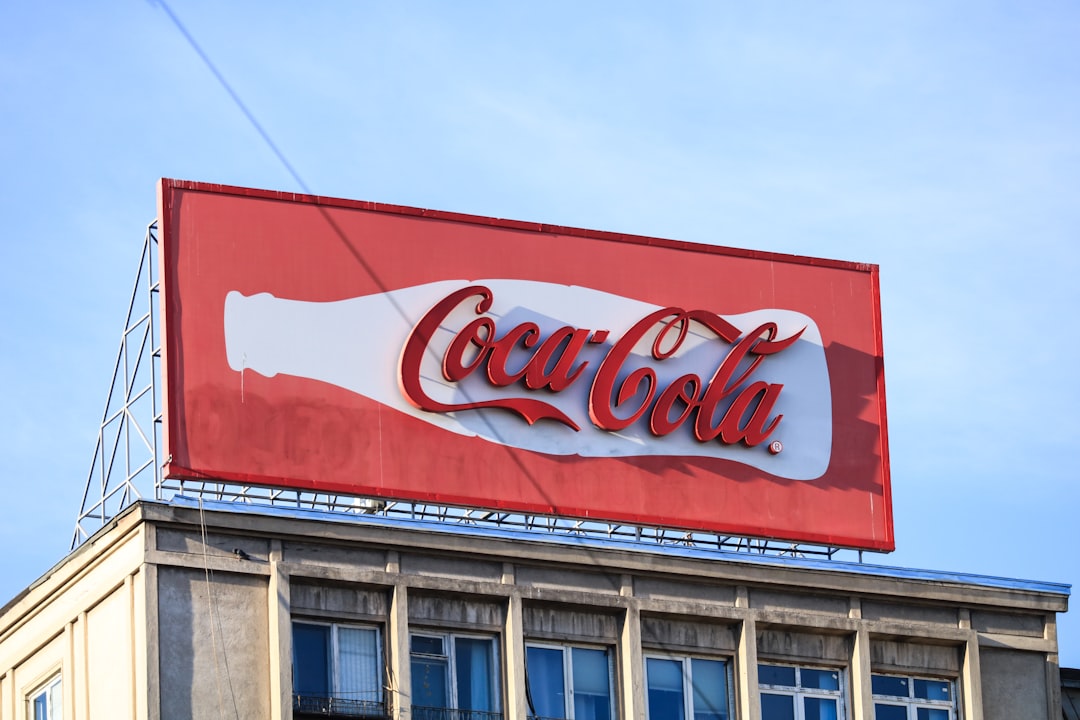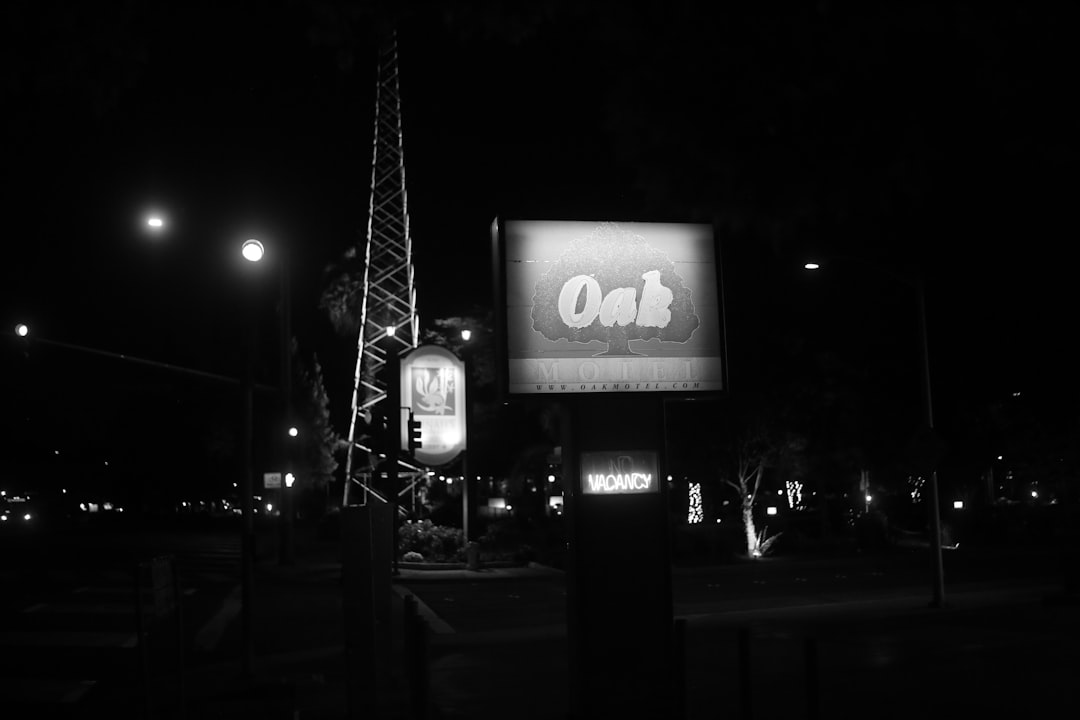

Engage prospects with a scan and streamline customer engagement with FREE QR code marketing tools by Sona – no strings attached!
Create a Free QR CodeFree consultation

No commitment

Engage prospects with a scan and streamline customer engagement with FREE QR code marketing tools by Sona – no strings attached!
Create a Free QR CodeFree consultation

No commitment
Advertising agencies operate in an environment defined by intense competition, evolving technologies, and the persistent pressure to deliver measurable ROI for clients. A key challenge facing the industry is the difficulty of bridging traditional offline media with digital engagement. High-value prospects frequently interact with print, event, or outdoor assets but often remain invisible to agency CRMs. Untracked audiences lead to missed follow-up and lost opportunities to prove campaign value.
QR codes have emerged as a strategic solution, helping agencies close this data gap by transforming static print assets, billboards, packaging, and live events into interactive gateways that drive digital outcomes. Agencies are increasingly adopting QR codes because they provide instant digital access without the need for app downloads and enable attribution of previously untraceable offline interactions to real business outcomes. See this overview of QR code marketing.
This article explains how advertising agencies can leverage advanced QR code marketing strategies to enhance campaign performance, capture missed leads, and improve reporting accuracy. You will find implementation best practices, common use cases, campaign planning checklists, and ways leading agencies transform anonymous engagement into actionable data, making every channel a contributor to meaningful pipeline growth. For agency-specific tactics, explore Sona QR’s industry hub.

In fast-paced agency environments, losing high-intent prospects often results from the lack of an effective bridge between offline engagement and digital follow-up. Traditional collateral such as brochures, static signage, or printed mailers rarely provides a mechanism to identify or prompt the next step. Agencies miss valuable lead opportunities, and once a prospect leaves the offline environment, interest often fades. Conversions suffer because there is no immediate call to action and no way to attribute that moment of attention to pipeline or revenue.
Modern QR code workflows allow agencies to transform static touchpoints into interactive journeys. A scan can capture intent, launch a tailored experience, and trigger next-step automation in your CRM, all within seconds. When combined with dynamic routing and audience tagging, QR codes help your team pursue higher-quality opportunities with personalized content, faster follow-up, and fewer dead ends. For creative execution ideas, see Sona QR’s advertising guide.
With QR-driven strategies, agencies replace guesswork with actionable insights. You can route high-intent scans directly to sales, nurture mid-funnel interest with relevant content, and trigger multi-channel follow-up even when web forms are not submitted. The result is a faster, more responsive conversion engine that turns every offline impression into a qualified digital interaction. Start creating QR codes for free.

Connecting offline touchpoints, including billboards, packaging, and events, to digital conversion has left many agencies struggling to demonstrate campaign impact and attribute revenue to their creative work. The lack of real-time visibility into who interacts with these assets creates challenges in proving ROI. Even when a campaign drives foot traffic or brand recall, the absence of trackable signals can make attribution conversations difficult and budget justification even harder.
QR codes solve these issues by removing friction from initial engagement. There is no need for app downloads or complex technology, making it easy for audiences to connect and agencies to track. When a QR code launches a mobile-optimized experience with a clear value exchange, audiences are more likely to act immediately. This action creates a digital breadcrumb that agencies can measure and expand upon across channels and buyer stages.
For agencies managing diverse campaigns, QR code adoption means greater visibility, faster optimization, and measurable insights across every buyer journey stage. From appointment cards and brochures to billboards and window clings, QR codes turn any surface into a conversion opportunity while giving your team the analytics needed to defend strategy and spend.

Agencies often encounter fragmented attribution and difficulties in segmenting anonymous audiences. Formats matter because the action you want determines the scan experience and the data you capture. Selecting the right QR type and destination ensures that each scan is both user friendly and analytically valuable.
Dynamic QR codes allow for real-time destination changes, while static codes are ideal for evergreen assets. In most agency settings, dynamic is preferred for trackability, creative agility, and programmatic optimization. Sona QR supports all of these formats in a single platform, letting you centralize code creation, update destinations at will, and track performance across placements and clients.

Advertising agency growth prospects thrive where high-value prospects interact but lack traditional tracking. The best QR placements live where intent and convenience intersect, so the audience can take instant action without leaving the moment or searching for a URL. When combined with specific CTAs and relevant destinations, these touchpoints become powerful engines of pipeline and attribution.
These placements help agencies close engagement gaps in the real world while feeding digital systems with intent-rich signals. Treat each code as both a conversion point and a sensor that informs creative, media, and sales planning.
Agencies need to prove how offline engagement connects to business results. QR codes provide a systematic way to do that, as long as each use case ties to a concrete outcome and a measurable next step. Below are examples aligned to common buyer interactions and agency workflows.
Each of these use cases transforms anonymous interactions into identifiable signals. Agencies can then segment and act on these signals to drive nurturing, sales development, and client reporting.
Prospects often show interest offline but never complete a web form, especially in high-consideration B2B settings and complex consumer journeys. QR scan data bridges this gap by capturing who engaged, in what context, and when. The result is a set of micro-audiences based on real behavior that agencies can use to deliver personalized follow-up through email, SMS, and paid media. For tactics tailored to this, see Sona’s retargeting playbook.
Start by aligning QR codes to funnel stages and intent signals. Awareness codes can focus on premium content or brand affinity, while consideration codes should route to product proofs and social validation. Conversion codes can highlight scheduling, live chat, or limited offers that encourage immediate action. Each stage builds a separate audience with distinct needs and messaging.
For advertising agencies, helpful audience distinctions include media buyers versus brand leads, existing clients versus prospects, regional stakeholders versus global teams, and creative evaluators versus budget owners. These distinctions map to different content and calls to action, so your follow-up pushes the conversation forward rather than repeating generic messages.
A major challenge for agencies is creating a seamless, trackable prospect journey across print, digital, events, and social. QR codes unify these touchpoints by turning every physical or broadcast moment into a data-rich digital action. When orchestrated well, they do not sit apart from your other channels. They function as the connective tissue that gives you full-funnel visibility and control.
QR codes serve as the offline onramp to your digital marketing engine. They also unlock a new layer of data collection across channels that were once difficult to measure. With a centralized platform like Sona QR, you can manage all your codes in one place, monitor performance in real time, and sync scan data with your CRM and ad platforms. That centralization is what makes the mix cohesive rather than fragmented.
A strong QR strategy addresses lost leads and untracked engagements. Agencies should anchor each deployment to a clear business outcome, then design the scan experience for speed and relevance. Before you publish, confirm that data capture, routing, and follow-up are ready so every scan can become a moment of progress in the journey.
Below is a practical sequence you can use for any client or in-house campaign. Each step includes considerations specific to agency environments, from ABM direct mailers to high-traffic event activations.
Start by defining a single, concrete goal. Examples include booking strategy consultations, capturing demo interest at a trade show, driving sign-ups for a webinar series, or collecting creative brief inputs from prospects. If you are planning for a vertical, tailor the use case to where your buyers congregate and how they evaluate partners.
Choose the code format and editability based on what you need to track and how often you plan to optimize. Static codes work for fixed destinations and evergreen content, while dynamic codes are best for campaigns where you require analytics, retargeting, or destination updates.
Good design and scannability are non-negotiable. Attention and lighting vary across environments, so codes need a clear frame, adequate size, and a promise of value close by. Before you go live, test across devices and contexts to avoid avoidable drop-offs.
Place your codes where intent is high and the next step is obvious. Match the destination and messaging to the environment, and use unique codes per channel so you can isolate performance and iterate quickly.
Once live, treat scanning behavior as a live feedback loop. Monitor performance daily in the first week, then at regular intervals, and be ready to adjust creative, CTAs, or destinations.
One major frustration in advertising is the inability to connect offline touchpoints with revenue. Advanced QR tracking addresses this by turning scans into data-rich events that persist through your systems. When a scan triggers identity enrichment, tagging, and workflow automation, you can finally measure how physical engagement contributes to pipeline and closed-won business.
Agencies need more than vanity metrics. Knowing someone scanned is helpful, but it is the downstream actions that matter. Did a scan lead to a form fill, a conversation, or a proposal? Did repeat scans correlate with higher deal velocity? Traditional tools often stop at the scan, leaving teams blind to the rest of the journey. That is where integrated platforms such as Sona QR and Sona, an AI-powered marketing platform that turns first-party data into revenue through automated attribution, data activation, and workflow orchestration, add value.
Robust analytics close the data gap, convert offline engagement into revenue insights, and enhance transparency with clients. With a disciplined measurement framework, your agency can turn QR codes into a cornerstone of performance marketing, not just a convenience feature.
QR codes perform best when they are treated as components of a system, not one-off tools. Success depends on consistent tagging, thoughtful creative, and follow-up that respects the scanner’s context. Agencies that operationalize these principles across teams will see faster learning cycles and stronger ROI.
Creative deployment examples for agencies include QR codes on business cards that unlock personalized showreels, and QR codes on invoices or statements that route clients to add-on service catalogs or renewal offers. These small touches add up to better engagement and incremental revenue.

QR codes deliver when they are part of a complete flow that aligns message, incentive, and follow-up. The following examples highlight how agencies have translated that principle into measurable outcomes across different contexts and client types. For more inspiration, see these QR case studies.
These cases prove how QR adoption transforms engagement into trackable, measurable, and revenue-generating events. The most successful executions balanced creative incentive, seamless mobile UX, and disciplined data integration.
To maximize results, agencies should embed QR code analytics across every buyer stage and channel, not just within individual campaigns. Use unique codes for each intent or stage, mapping scans to specific actions such as Explore capabilities, Request audit, or Book strategy call. This level of intent mapping prevents generic experiences and supports smart routing that accelerates outcomes, grounded in multi-touch attribution.
Common pitfalls include unclear calls to action, small or poorly placed codes, and disconnected data flows that do not make it to CRM. Prevent these issues with clear governance. Define who owns QR creation, data tagging, and follow-up workflows. Train staff on promoting scans and handling real-time requests. Leading agencies also use AI to segment audiences by behavior and to generate dynamic content that adapts to the scan context, while prioritizing data stewardship and consent to maintain trust and compliance.
QR codes are rapidly becoming essential for advertising agencies seeking to close the gap between offline engagement and measurable digital outcomes. As client expectations increasingly focus on always-on attribution and ROI, these tools empower agencies to surface engagement signals, capture overlooked opportunities, and convert every physical impression into an actionable moment.
Combining creative strategy with advanced tracking allows agencies to reach and nurture previously anonymous audiences throughout the entire customer journey. For forward-thinking agencies, integrating QR codes is not just about technology, it is about turning every campaign into a driver of revenue and demonstrating the true value of creative innovation in a data-driven world.
QR codes have transformed advertising agencies from traditional outreach methods into dynamic, measurable growth engines. Whether it’s driving new client acquisition, enhancing campaign interactivity, or delivering personalized customer journeys, QR codes replace guesswork with instant, actionable insights that turn every marketing asset into a powerful conversion tool. Imagine knowing exactly which ads spark engagement and being able to optimize campaigns in real time for maximum impact.
With Sona QR, creating dynamic, trackable QR codes is effortless. Update your campaigns instantly without reprinting, connect every scan to measurable revenue, and gain the clarity needed to prove your agency’s value. No missed leads, no wasted impressions—just smarter strategies that drive results.
Start for free with Sona QR today and transform every scan into a meaningful connection, a qualified lead, or a closed deal.
Advertising agencies can use QR codes to transform static offline assets into interactive digital touchpoints that capture leads, enable personalized follow-up, and provide measurable attribution linking offline engagement to business outcomes.
Best practices include choosing clear campaign goals, selecting dynamic QR codes for flexibility and tracking, designing scannable codes with strong CTAs, placing codes where intent is high, testing across devices, and ensuring CRM integration for timely follow-up and analytics.
QR codes generate rich data on scan volume, location, device, and timing, allowing agencies to benchmark scan-to-lead rates, measure engagement by channel, attribute revenue through integrated CRM workflows, and optimize campaigns based on real-time performance.
Innovative uses include event check-ins, interactive portfolios, dynamic content routing, SMS or email triggers, app downloads with device-aware links, Wi-Fi access at events, contests linked via QR, and packaging that drives loyalty or influencer engagement.
QR codes enable agencies to close the offline-to-online gap by capturing intent-rich engagement data, automating lead nurturing, improving attribution accuracy, and providing actionable insights that allow budget optimization and clear demonstration of campaign impact.
Use Sona QR's trackable codes to improve customer acquisition and engagement today.
Create Your FREE Trackable QR Code in SecondsJoin results-focused teams combining Sona Platform automation with advanced Google Ads strategies to scale lead generation

Connect your existing CRM

Free Account Enrichment

No setup fees
No commitment required

Free consultation

Get a custom Google Ads roadmap for your business






Launch campaigns that generate qualified leads in 30 days or less.
